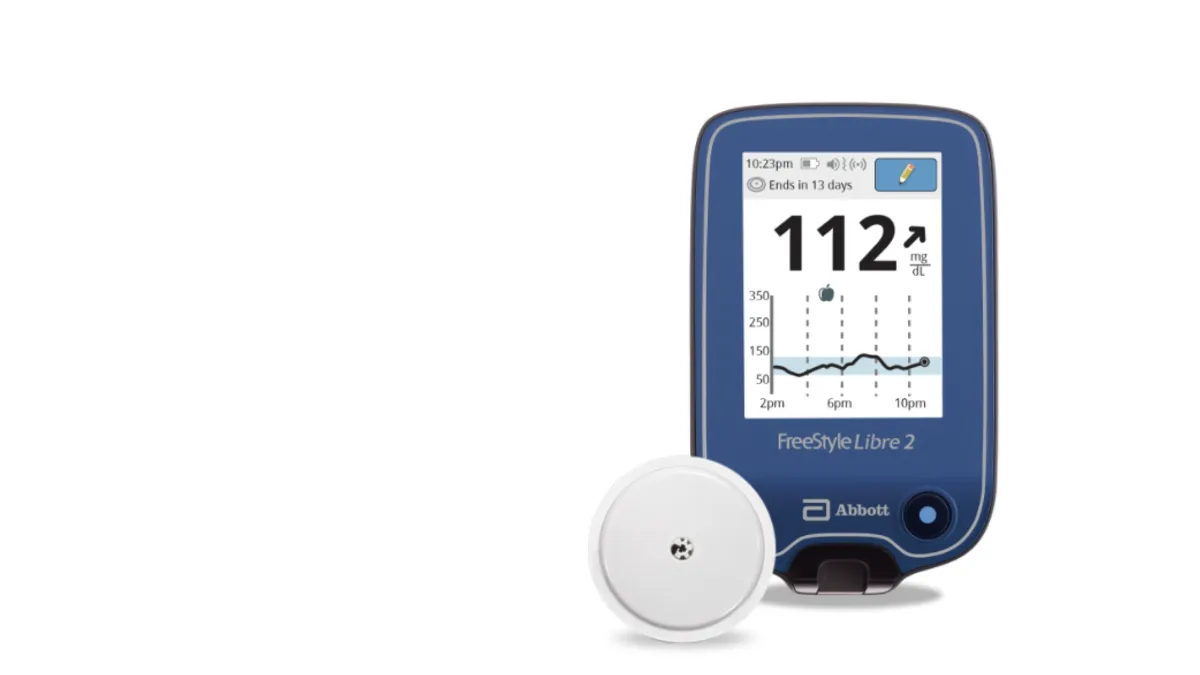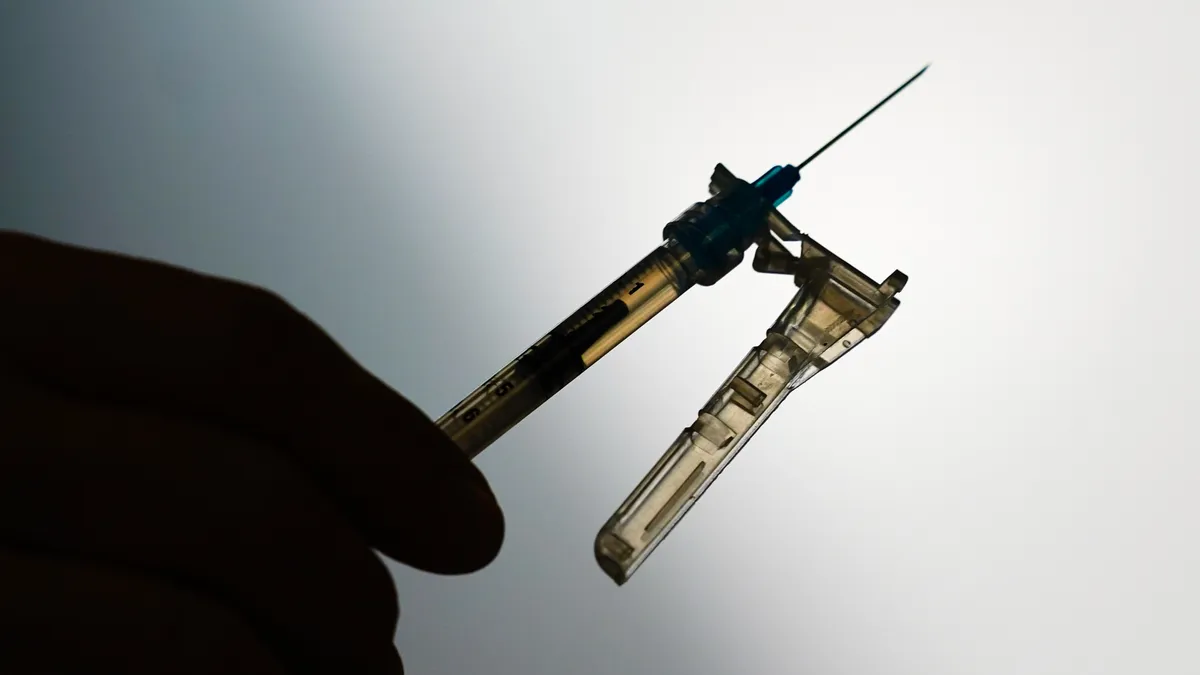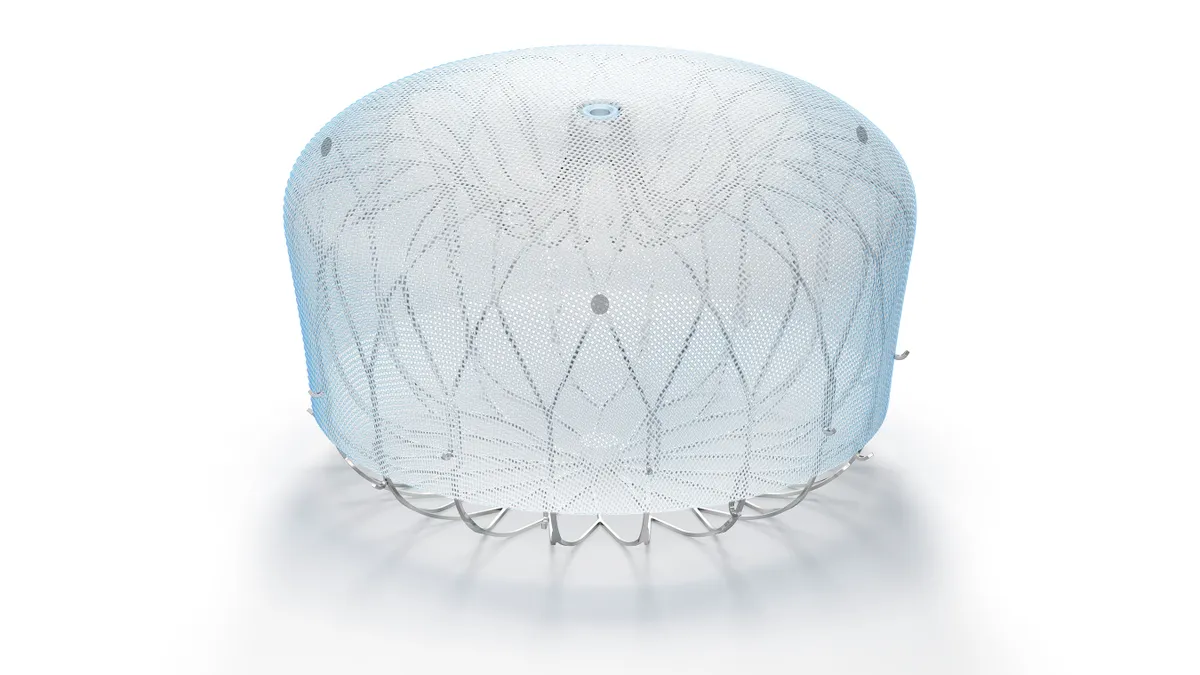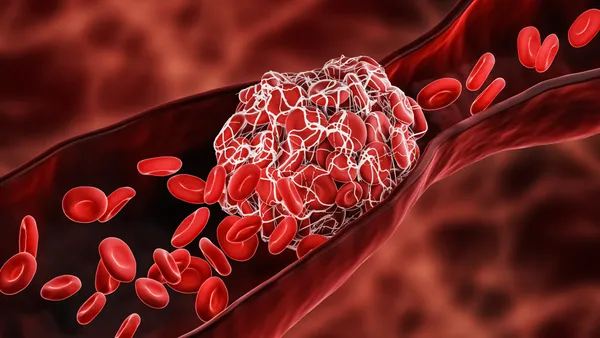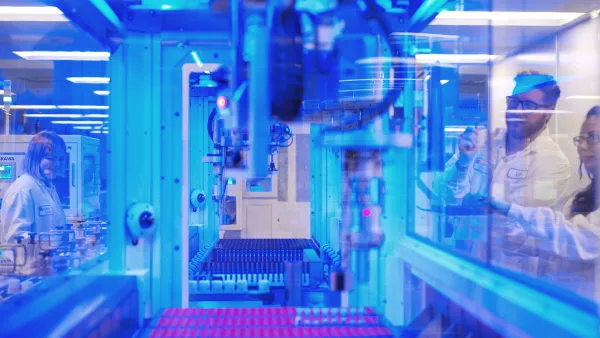Dive Brief:
-
Prescriptions for Abbott’s FreeStyle Libre 2 integrated continuous glucose monitor gained momentum in October, leading analysts at UBS to predict the franchise will grow around 40% in the fourth quarter.
-
The analysis of IQVIA prescription data found total FreeStyle Libre 2 prescriptions hit 29,000 in October. With scripts for all FreeStyle Libre device growing 33% that month, the analysts tipped fourth quarter sales growth to beat the 31% consensus estimates.
-
UBS analysts presented the analysis alongside details of data on Dexcom and Insulet. While prescriptions are a poor predictor of revenue at either company, that could change as all three companies continue to sell more products through the pharmacy channel.
Dive Insight:
The pharmacy channel accounts for a minority of U.S. sales of diabetes technology. A full view of the revenues generated by different devices would require data on durable medical equipment sales. Yet, in the absence of that information, analysts at UBS have sought to glean insights from the partial look at the market provided by prescription data.
A comparison of FreeStyle Libre prescriptions and sales over the past 18 month shows the insights are a fairly reliable predictor of Abbott's actual performance. The latest analysis suggests FreeStyle Libre 2, which received FDA clearance in June, is starting to make an impact on the market.
Total prescriptions of the new integrated continuous glucose monitor grew to 29,000 in October. The data show total prescriptions of 22,000 between July and September. Abbott got FreeStyle Libre 2 on retail shelves in mid-August. Last month, CEO Robert Ford told investors the company was seeing a "nice trend from high prescribers" and "a nice pickup here for the pediatric endocrinologist segment." The UBS analysis jibes with Ford's comments.
Abbott and UBS can infer the overall demand for FreeStyle Libre 2 from prescription data because the device manufacturer has focused its strategy on the retail environment. That focus explains the correlation between prescription data and sales, which enabled UBS to see scope for Abbott to beat expectations based on the increases in FreeStyle Libre scripts seen in October.
Other CGM manufacturers are less focused on the retail environment, making prescriptions a poorer predictor of their sales. Even so, UBS sees some value in analyzing the prescription trends at Dexcom and Insulet, in part because pharmacy sales are becoming increasingly important to the companies.
In the third quarter, the pharmacy channel accounted for "the vast majority" of new patient starts on Insulet's Omnipod DASH system. The insulin management system, which FDA cleared in June 2018, accounted for 65% of new starts on Insulet technology in the quarter. In October, U.S. pharmacy scripts for Omnipod DASH grew 165%, a deceleration versus the 204% growth in September. Prescriptions of the older Omnipod system fell 39%, although that device is mainly sold via other channels.
Insulet may face additional competitors as it seeks to maintain its growth. Last week, Lilly partnered with Ypsomed to commercialize a version of its tubed mylife YpsoPump in Europe and the U.S. The partners are aiming to secure FDA clearance in 2022.
Analysts at Baird predict that Lilly's move into the insulin delivery market is more of a threat to Medtronic and Tandem Diabetes Care than Insulet, at least in the intermediate term. Insulet's Omnipod differs from YpsoPump in that it is a tubeless pump patch. Ypsomed was developing its own tubeless pump, YpsoPod, but is selling it to a private company owned by the family of its CEO. The device is unlikely to be ready for market before 2024, at which point Ypsomed may buy it back.
The timeline means Ypsomed is unlikely to have an equivalent device to Omnipod for several years. The Lilly partnership could have more of a direct impact on Dexcom, which is partnered with the pharma company and Ypsomed. The partnerships suggest Dexcom could provide the first CGM for the Lilly-Ypsomed automated insulin delivery system.
UBS analysts tracked a 143% increase in U.S. prescriptions for Dexcom devices in October, compared to a 169% rise in September. The figures reflect a shift toward increased use of the pharmacy channel, which accounted for 20% of sales one year ago and 43% of sales in the latest results. UBS analysts expect the introduction of the Dexcom G7 to accelerate the trend.

